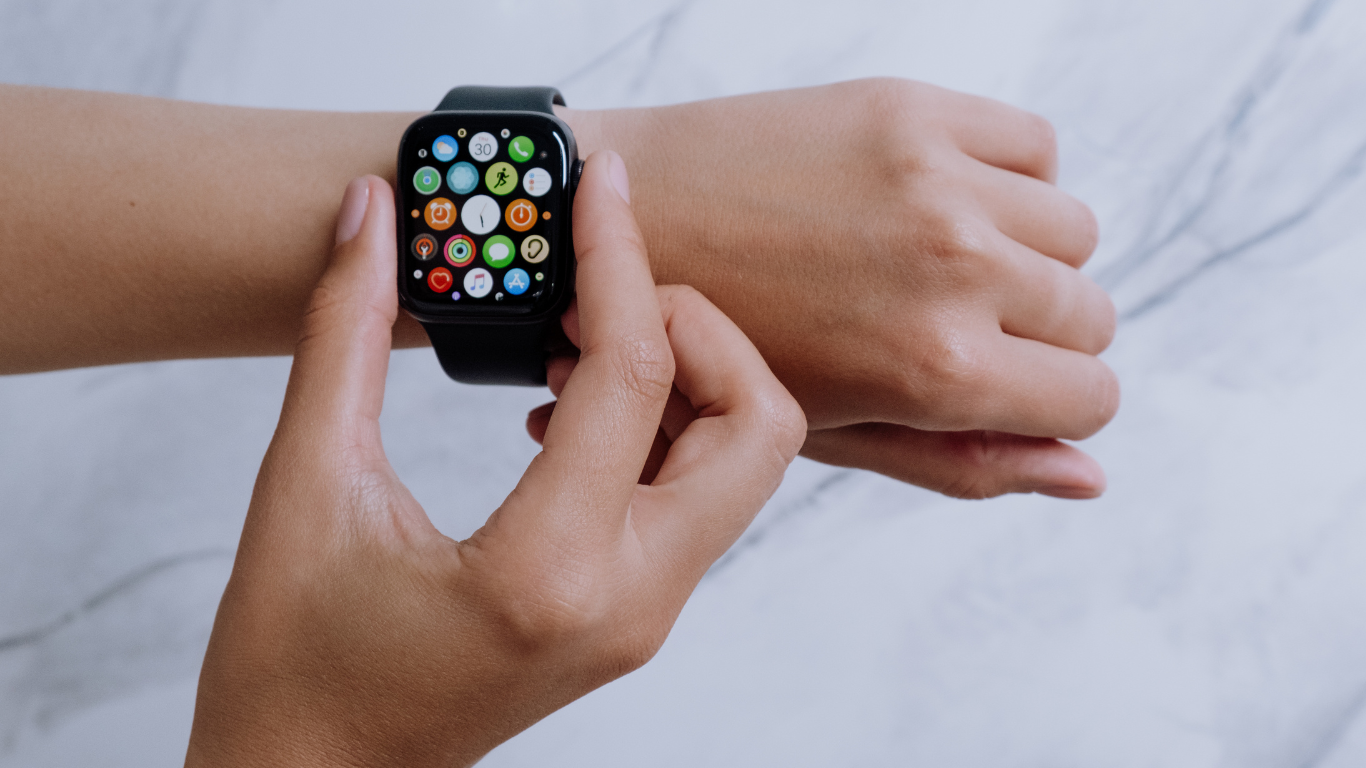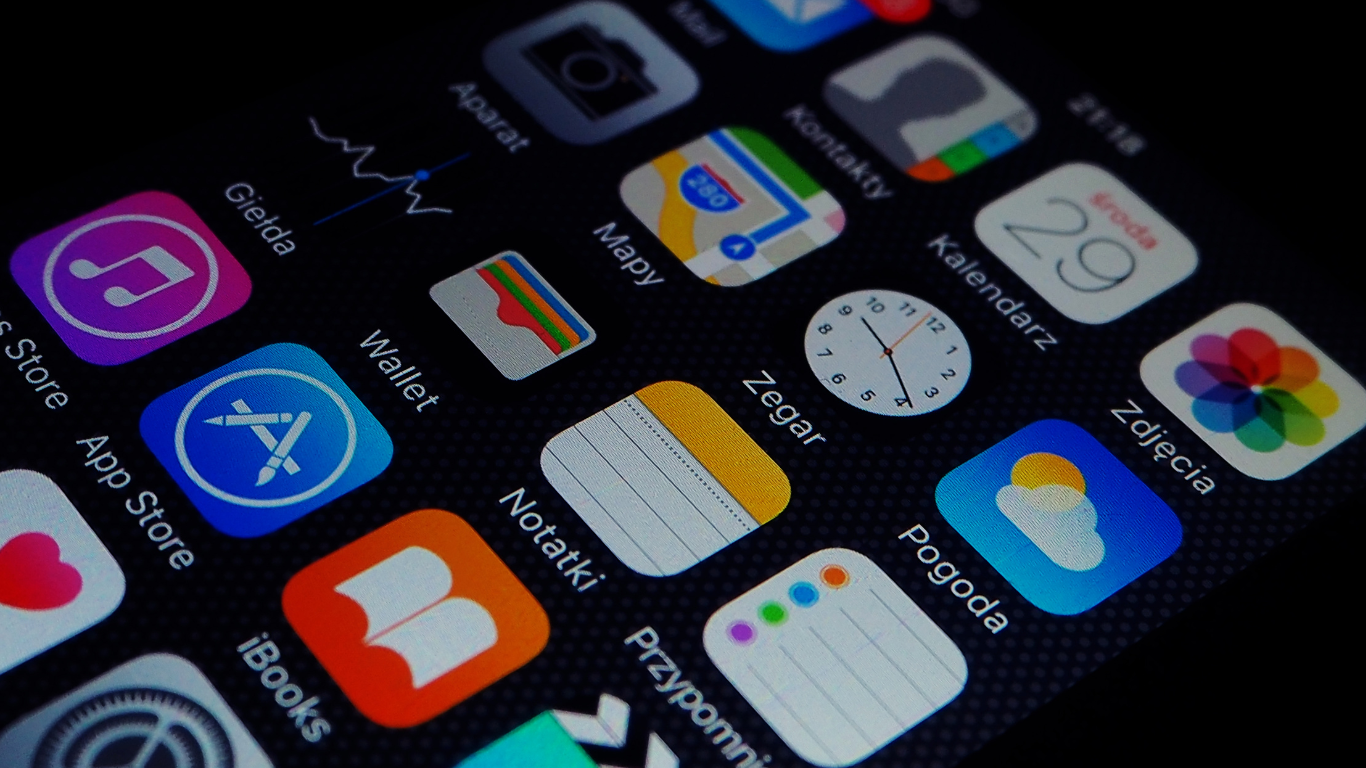
Digital Declutter Why and How to Simplify Your Digital Life
You must have decluttered your house or room at least once in your lifetime, but what about your digital life? Have you ever been overwhelmed by the number of emails you have left unread, the number of apps on your phone that you don’t even use, or the files on your laptop that have been there for years without you even knowing what they are? Decluttering your digital life will not only help you have a clean space but also help you reclaim focus and be productive.
Digital decluttering simplifies and organizes our digital life aspect to reduce stress and improve efficiency. If you see these signs in your daily life, consider decluttering your digital life for a better life.
- You get overwhelmed by notifications
- Your inbox has 1000+ unread emails.
- Finding files on your computer takes forever.
Let’s discuss how you can start decluttering your digital life in straightforward steps.
Step 1: Audit your digital space
First, review every aspect of your digital life, including emails, apps, folders, and social media, and identify disorganization.
It’s important to know what we’re decluttering before we start our work, so take your time and identify which ones you need to declutter since everyone is different.
Step 2: Declutter your inbox
How many emails have you subscribed to and forgotten they even exist? We almost always use our emails, and our inboxes are filled with both important and unimportant stuff.
You need to review the emails you don’t need any longer and unsubscribe them.
You can also organize your emails by using filters, delete old and unnecessary emails, or archive them if you’re not sure whether you need them in the future.
Step 3: Organize digital files
There are many ways to organize your digital files, but Tiago Forte’s PARA method is more practical. PARA is a method of organizing your files, and I will explain what each letter represents in a second.
P is for Projects; this is where you store everything you’re currently working on.
A is for Areas; anything related to your life goes here, including personal documents like copies of your IDs, taxes, etc.
R stands for Resources; you will store any resources you use for your projects here. After you finish your projects, you can move them to this folder.
A is for Archives; here are things you might need in the future but don’t need now.
You don’t strictly have to follow these rules; they’re a good starting point for your organization. The point is to have an organized file system that will help you be productive.
Always remember to back up your files ALWAYS.

Step 4: Apps
I am sure there are tons of apps on your phone you don’t use. We always use our phones, and if they’re messy, we can get distracted easily.
Besides, having a clean and organized phone feels good.
- Delete unused apps on your phone; it will save up space for you while leaving you to declutter.
- Go through your files and back up the necessary ones.
- Turn off unnecessary notifications.
- Lastly, only put essential apps on your home screen to have quick access to them.
Step 5 Social media
You may be wondering why I put social media here.
We use social media to get valuable and entertaining content. While following an account with an idea we don’t support might be suitable for being critical, we don’t have to follow accounts full of negative content.
If we feel bad after being on social media for minutes, we might unfollow those accounts.
Go to your every social media account and unfollow those who don’t bring you value.
While you unfollow those who don’t bring you value, consider following ThinkFlow on Instagram and Twitter/X for helpful content.
(You can unfollow us if we don’t get you any value)
Don’t just declutter your digital life once and forget about it. Set a regular schedule to review it. It doesn’t have to be every day or every week but don’t forget to review it regularly before it gets messy again.
